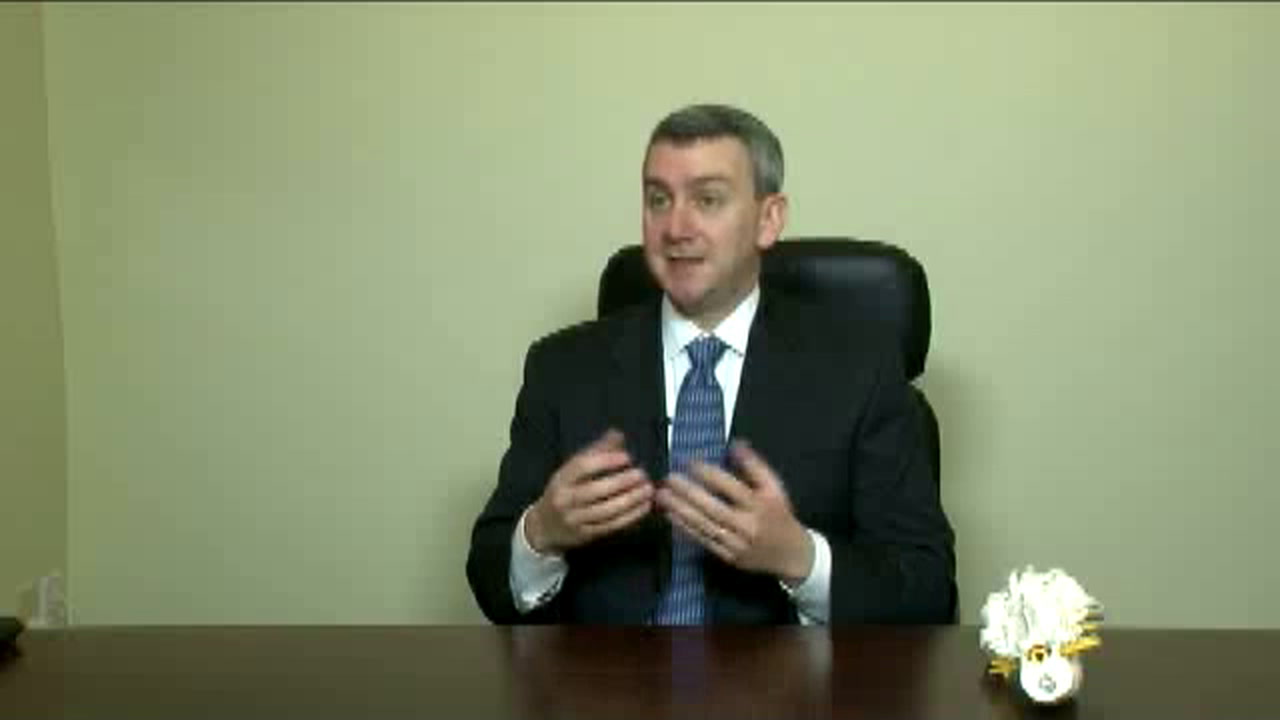Lumbar facet joint arthropathy denotes pain that comes from the lumbar facet joints. In the neck, facet joint arthropathy is the most common cause of chronic neck pain. In the lumbar spine (the lower back), is the second-most common cause of chronic lower back pain. Chronic, again, being anything that lasts longer than three months.
The facet joints are these hinge joints in the back of the spine. They resist extension. They resist rotation. They are synovial joints. They are like knees, shoulders, hips, fingers; they have all the same basic parts as these other joints and just like a knee, shoulder, or a hip they can become arthritic, you can tear the capsule, they can become painful.
When lumbar facet joints are causing pain, they tend to be more painful while you are standing, extending. You can imagine with these facet joints, when you stand and you're walking you put more pressure on them and when you sit you take the pressure off of the facet joints. It doesn't always hold true, but in general, facet joints tend to be more painful with activities like standing and tend to feel a little better when you are sitting. The pain tends to be more dull, more achy. The diagnosis of lumbar facet joint pain begins with a good history, a good physical examination. The history and physical examination can certainly point towards a diagnosis, but they are not definitive for a diagnosis of lumbar facet joint pain. There are other things that can mimic lumbar facet joint pain and the characteristics that we typically associate with lumbar facet joint pain sometimes mimic other pathophysiologic processes.
Our imaging studies - x-rays, typically MRI - can also lead one down the path of thinking about lumbar facet joint pain and they certainly do a good job of ruling other things out, but again they're not going to be definitively diagnostic of lumbar facet joint pain. If you really want to find out whether or not the lumbar facet joints are causing the lower back pain, the gold standard diagnostic test is to take a little needle under an x-ray - or fluoroscope - and put a little bit of lidocaine - novacaine, numbing medicine - around the nerve that goes to the facet joint and when that takes away the pain, then you're more confident of your diagnosis of lumbar facet joint pain.
There are three basic ways of treating lumbar facet joint pain. The first is biomechanical - physical therapy. It's stretching, it's strengthening. It's basically getting the muscles right to help take the pressure off the spine so that, ideally, the spine can essentially take care of itself and the facet joints have a chance to heal. Now sometimes, when either the pain is too great to participate with physical therapy or if the pain is just not getting better with physical therapy what the physician can do is put a little bit of steroid into the facet joints by doing an injection under fluoroscopy or under an x-ray and what this does - it doesn't fix a tear in the capsule, it doesn't fix the arthritis, but what it does do is it reduces the inflammation back down to zero. It opens up this window of opportunity during which a patient doesn't have that pain, doesn't have the inflammation and, ideally, the patient can take advantage of that window of opportunity to stretch, to strengthen, to stretch the hip flexors, strengthen the core, and help tweak the mechanics and take the pressure off the spine so that they're not sitting back there having to do the injection again in 3/6/9/12 months.
When that process is not taking the pain away, there is a more definitive treatment for lumbar facet joint pain and that's something called radiofrequency rhizotomy. Essentially what this is is putting a needle, again under fluoroscopy, next to the little nerve - the medial branch, the dorsal ramus - that innervates the facet joint and using radiofrequency energy to de-innervate the facet joint. So it's sort of like the phone is still ringing but you cut the cord you don't hear it. The facet joint may still have a tear in the capsule, there may still be arthritis there, it may still be capable of causing pain were there to be a sensory nerve going to that joint, but since that nerve is not there - and it turns out that, for all intensive purposes, you don't really need that nerve - you don't experience the pain anymore. Now, that nerve tends to regenerate and typically over the course of six to eighteen months - usually around a year - the nerve will tend to regenerate and if nothing has changed biomechanically, the pain will tend to return. Then you have to go back in and do it again. So, ideally here too we think of radiofrequency rhizotomy as more of a prolonged window of opportunity during which, ideally again, the patient can take advantage of that time to stretch, to strengthen, to be more active to unload that joint so that when the nerve — if the nerve is to regenerate, the pain doesn't return because the biomechanics have been shifted enough so that the same stresses aren't going through the joint.
Lumbar facet joint arthropathy - or arthritis of the facet joints in the lower back - is the second most common cause of chronic lower back pain. A proper diagnosis including an injection of lidocaine into the facet joint is done to confirm this condition as a cause of the pain. Treatments focus on building strength around the spine so that less force is put on the joints and relieving the pain so the exercises needed to build that strength can be performed.
Editorial note: Not mentioned in this video is the use of chiropractic manipulations, which can be useful as part of a comprehensive treatment plan for lumbar facet joint arthropathy.





